 This is the debut collaboration between two Berlin-based Peruvian musicians and also marks my first exposure to percussionist Laura Robles. I am, however, reasonably familiar with the alien soundscapes of Ale Hop (Alejandra Cárdenas) and this union seems to have inspired some of her finest work to date. Notably, Robles is "reputed to be one of the best cajón players in Peru," which is useful context given how radically (yet lovingly) the pair deconstruct and reinvigorate the instrument ("a symbol of resistance, experimentation and transformation" in Peru). In more practical terms, that means that Cárdenas and Robles dramatically disrupt, distort, and repurpose traditional dance rhythms into a wild psychotropic mindfuck. In fact, it sometimes sounds like Robles recorded her parts alone as a freeform performance at an Ayahuasca ceremony or something, but the seemingly roving and divergent threads always come together in impressive fashion in the end. Amusingly, I would have thought that the enigmatically and erratically shifting rhythms of Agua dolce would be damn near impossible to dance to, yet these pieces apparently made quite a splash when the duo coupled with dancer/choreographer Liza Alpiźar Aguilar for the Heroines Of Sound festival. Whether or not that means that I would be a terrible choreographer is hard to say, however, as the finished album may have ultimately landed in far more lysergic territory due to Cárdenas' additional edits and production wizardry.
This is the debut collaboration between two Berlin-based Peruvian musicians and also marks my first exposure to percussionist Laura Robles. I am, however, reasonably familiar with the alien soundscapes of Ale Hop (Alejandra Cárdenas) and this union seems to have inspired some of her finest work to date. Notably, Robles is "reputed to be one of the best cajón players in Peru," which is useful context given how radically (yet lovingly) the pair deconstruct and reinvigorate the instrument ("a symbol of resistance, experimentation and transformation" in Peru). In more practical terms, that means that Cárdenas and Robles dramatically disrupt, distort, and repurpose traditional dance rhythms into a wild psychotropic mindfuck. In fact, it sometimes sounds like Robles recorded her parts alone as a freeform performance at an Ayahuasca ceremony or something, but the seemingly roving and divergent threads always come together in impressive fashion in the end. Amusingly, I would have thought that the enigmatically and erratically shifting rhythms of Agua dolce would be damn near impossible to dance to, yet these pieces apparently made quite a splash when the duo coupled with dancer/choreographer Liza Alpiźar Aguilar for the Heroines Of Sound festival. Whether or not that means that I would be a terrible choreographer is hard to say, however, as the finished album may have ultimately landed in far more lysergic territory due to Cárdenas' additional edits and production wizardry.
Buh
The album borrows its title from "the most popular beach in Lima," which is near where "both artists lived during their childhood, houses apart, without ever meeting one another." Improbably, they eventually met as expats on the other side of the world and happily found themselves to be kindred spirits tuned into the same outré wavelength. I suppose Robles is arguably the more conventional of the two despite playing Peruvian music in Germany on a self-built electric cajón, but that is only because Ale Hop often sounds like she is from a completely different planet or dimension altogether. The most impressive example of that otherworldliness comes at the midpoint of "Lamento," as the hissing, blatting electronics and sleepy Latin rhythms seem like they are suddenly interrupted by the appearance of ghost UFO that propels the proceedings into dazzling new heights of haunting, spacialized phantasmagoria. That said, the entire first half of the album is one mesmerizing psychotropic jungle freakout after another, as Cárdenas unleashes her inner tropical Lovecraft to conjure a host of squirming, gelatinous, seething, buzzing, and jabbering electronic sounds over Robles' clattering percussion workouts.
 Finally seeing the light of day after two years of production related delays, with the recordings dating back even longer than that, this collaboration between Daniel Burke (IOS) and the late Stefan Weisser (Z'EV) could almost be a time capsule, except the sound of it is entirely timeless. Recorded and mixed between 2008 and 2012, the two lengthy pieces that make up this self-titled album clearly bear the mark of both individuals, but mesh together beautifully in the very different sounding sides of the record.
Finally seeing the light of day after two years of production related delays, with the recordings dating back even longer than that, this collaboration between Daniel Burke (IOS) and the late Stefan Weisser (Z'EV) could almost be a time capsule, except the sound of it is entirely timeless. Recorded and mixed between 2008 and 2012, the two lengthy pieces that make up this self-titled album clearly bear the mark of both individuals, but mesh together beautifully in the very different sounding sides of the record.

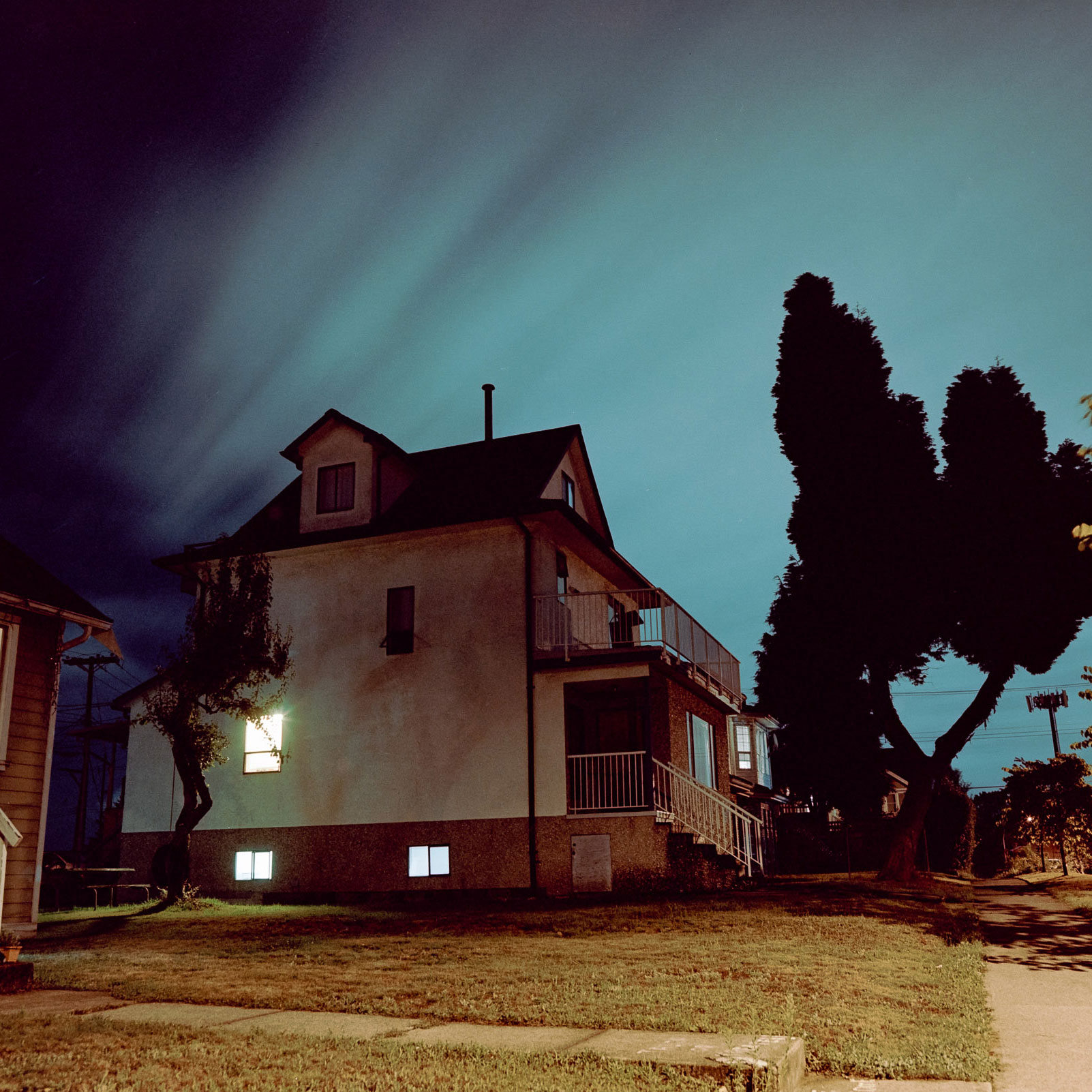
 A 10" record rigidly divided into four different pieces (each mostly around four minutes in length), this new work from the enigmatic sounding, long-standing UK project is mostly centered around the same authoritarian lyrical elements, but each differs significantly in their compositional approach. A complex mix of styles define each piece, neither of which are too similar to another, but are unquestionably Contrastate, and showcases all of the unique sounds they are known for.
A 10" record rigidly divided into four different pieces (each mostly around four minutes in length), this new work from the enigmatic sounding, long-standing UK project is mostly centered around the same authoritarian lyrical elements, but each differs significantly in their compositional approach. A complex mix of styles define each piece, neither of which are too similar to another, but are unquestionably Contrastate, and showcases all of the unique sounds they are known for.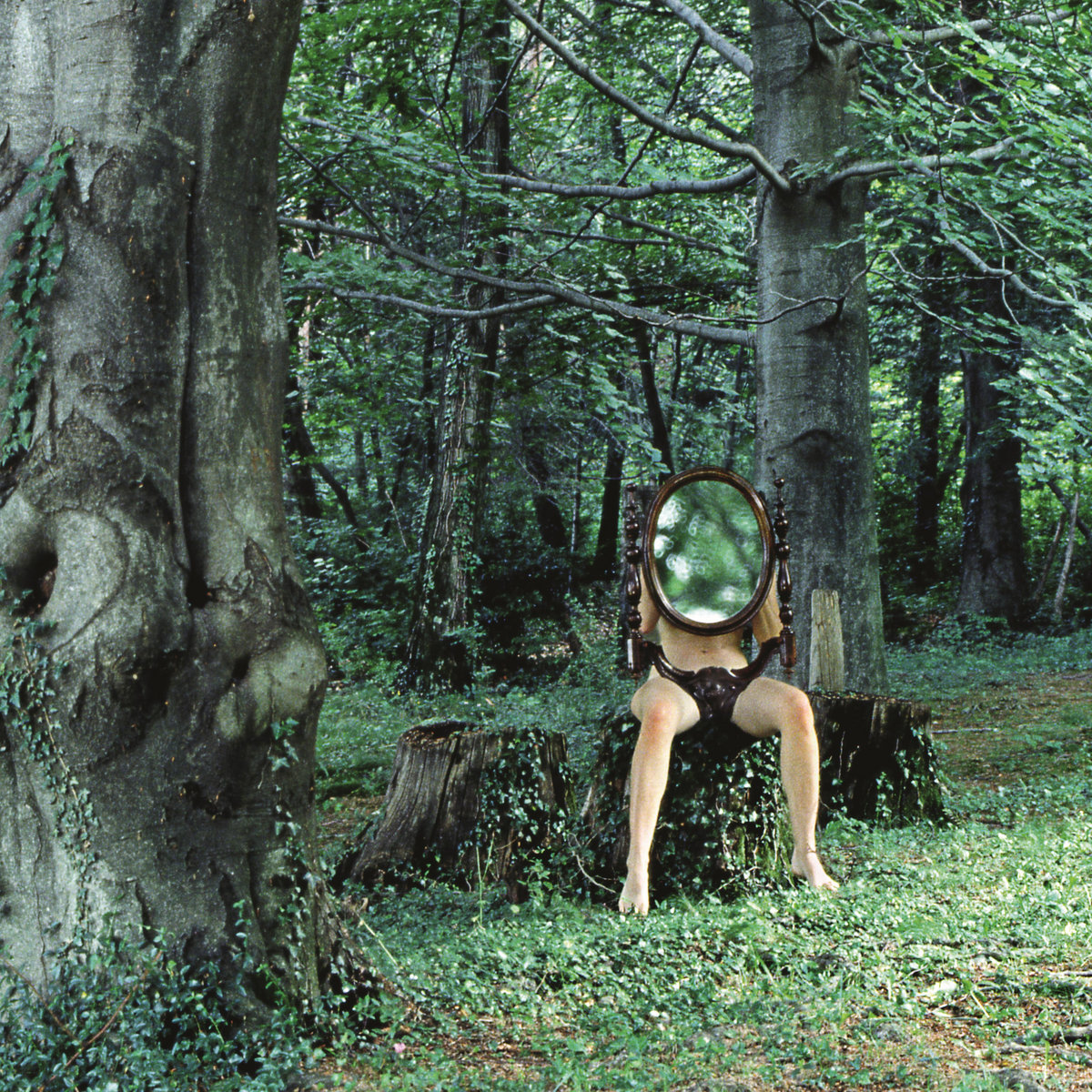 This eleventh album from Germany's Kammerflimmer Kollektief is not my first exposure to the project, but it did succeed in making me wonder why I have not been a passionate fan of their work before now. Admittedly, the idea of harmonium-driven free-form jazz/psychedelia is not quite my cup of tea on paper, which goes a long way towards explaining why I was so slow to embrace this project, yet the right execution can transform just about anything into gold and this foursome are extremely good at what they do. It also does not hurt that the Kammerflimmer gang have some intriguing and unusual inspirations, as they namecheck both Franz Mesmer and underheard German psychonauts The Cocoon in addition to the requisite nod to Can. Kammerflimmer Kollektief certainly assimilate those influences in a unique way though, as the best songs on Schemen sound like a killer post-rock/psych band blessed with an unusually great rhythm section and real talents for roiling guitar noise, simmering tension, and volcanic catharsis.
This eleventh album from Germany's Kammerflimmer Kollektief is not my first exposure to the project, but it did succeed in making me wonder why I have not been a passionate fan of their work before now. Admittedly, the idea of harmonium-driven free-form jazz/psychedelia is not quite my cup of tea on paper, which goes a long way towards explaining why I was so slow to embrace this project, yet the right execution can transform just about anything into gold and this foursome are extremely good at what they do. It also does not hurt that the Kammerflimmer gang have some intriguing and unusual inspirations, as they namecheck both Franz Mesmer and underheard German psychonauts The Cocoon in addition to the requisite nod to Can. Kammerflimmer Kollektief certainly assimilate those influences in a unique way though, as the best songs on Schemen sound like a killer post-rock/psych band blessed with an unusually great rhythm section and real talents for roiling guitar noise, simmering tension, and volcanic catharsis. In the village of Stanton Drew, and dating from around 4,500 years ago, is the third largest complex of standing stone circles in England. David Colohan visited the site one rainy morning in early 2020 and was inspired by the mix of winter sunshine and eerie ancient atmosphere to create a record of his impressions. Fair enough, since people rarely send postcards from their travels anymore. Actually, the postcard analogy only works if it allows for someone designing a postcard when they get home, since Colohan's use of field recordings is minimal and he doesn't really create music in situ. He's done this before with other locations but A Lunar Standstill is easily his most consistent recording.
In the village of Stanton Drew, and dating from around 4,500 years ago, is the third largest complex of standing stone circles in England. David Colohan visited the site one rainy morning in early 2020 and was inspired by the mix of winter sunshine and eerie ancient atmosphere to create a record of his impressions. Fair enough, since people rarely send postcards from their travels anymore. Actually, the postcard analogy only works if it allows for someone designing a postcard when they get home, since Colohan's use of field recordings is minimal and he doesn't really create music in situ. He's done this before with other locations but A Lunar Standstill is easily his most consistent recording.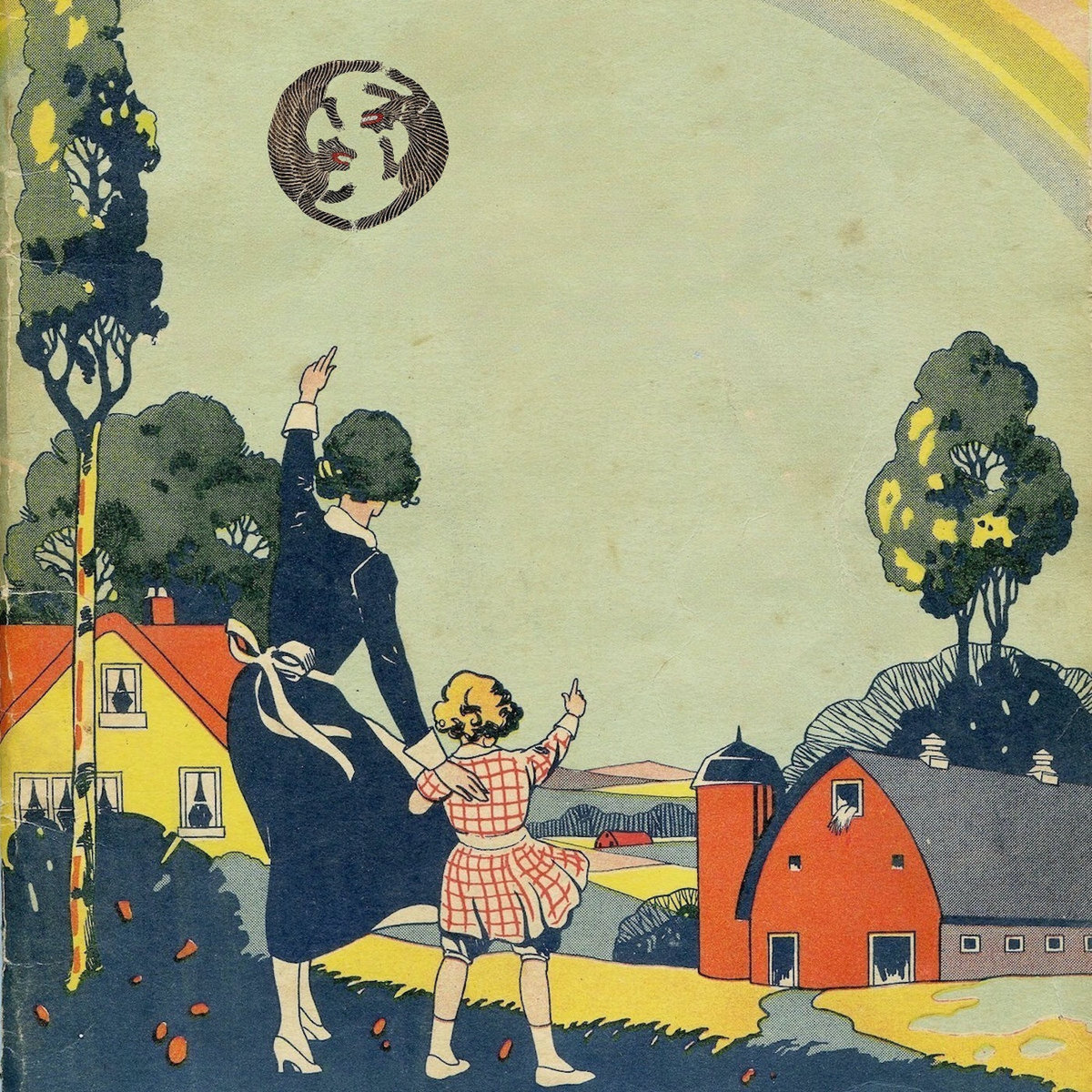 This latest release from husband and wife duo Zach & Denny Corsa appears to be their fifth full-length under the Nonconnah name (the duo were previously known as Lost Trail) and it is characteristically wonderful. As is the norm for Nonconnah, Unicorn Family was culled from several years of recordings featuring a host of eclectic collaborators (folks from Lilys, Half Japanese, Fire-Toolz, etc.) and those recordings have been expertly stitched together into beautifully layered and evocative soundscapes teeming with cool tape effects, thought-provoking samples, and killer shoegaze-inspired guitar work. In short, business as usual, but Nonconnah's business is consistently being one of the greatest drone projects on earth, so this is already a lock for one of my favorite albums of the year. Aside from the presence of a lovely lo-fi folk gem with actual singing, the only other notable departures from Nonconnah's existing run of gorgeous albums are shorter song durations than usual and the fact that the duo's samples have more of an eschatological bent. I suppose this album is an unusually focused and distilled statement as well, but that feels like a lateral move given how much I loved the sprawling immensity of Don't Go Down To Lonesome Holler.
This latest release from husband and wife duo Zach & Denny Corsa appears to be their fifth full-length under the Nonconnah name (the duo were previously known as Lost Trail) and it is characteristically wonderful. As is the norm for Nonconnah, Unicorn Family was culled from several years of recordings featuring a host of eclectic collaborators (folks from Lilys, Half Japanese, Fire-Toolz, etc.) and those recordings have been expertly stitched together into beautifully layered and evocative soundscapes teeming with cool tape effects, thought-provoking samples, and killer shoegaze-inspired guitar work. In short, business as usual, but Nonconnah's business is consistently being one of the greatest drone projects on earth, so this is already a lock for one of my favorite albums of the year. Aside from the presence of a lovely lo-fi folk gem with actual singing, the only other notable departures from Nonconnah's existing run of gorgeous albums are shorter song durations than usual and the fact that the duo's samples have more of an eschatological bent. I suppose this album is an unusually focused and distilled statement as well, but that feels like a lateral move given how much I loved the sprawling immensity of Don't Go Down To Lonesome Holler.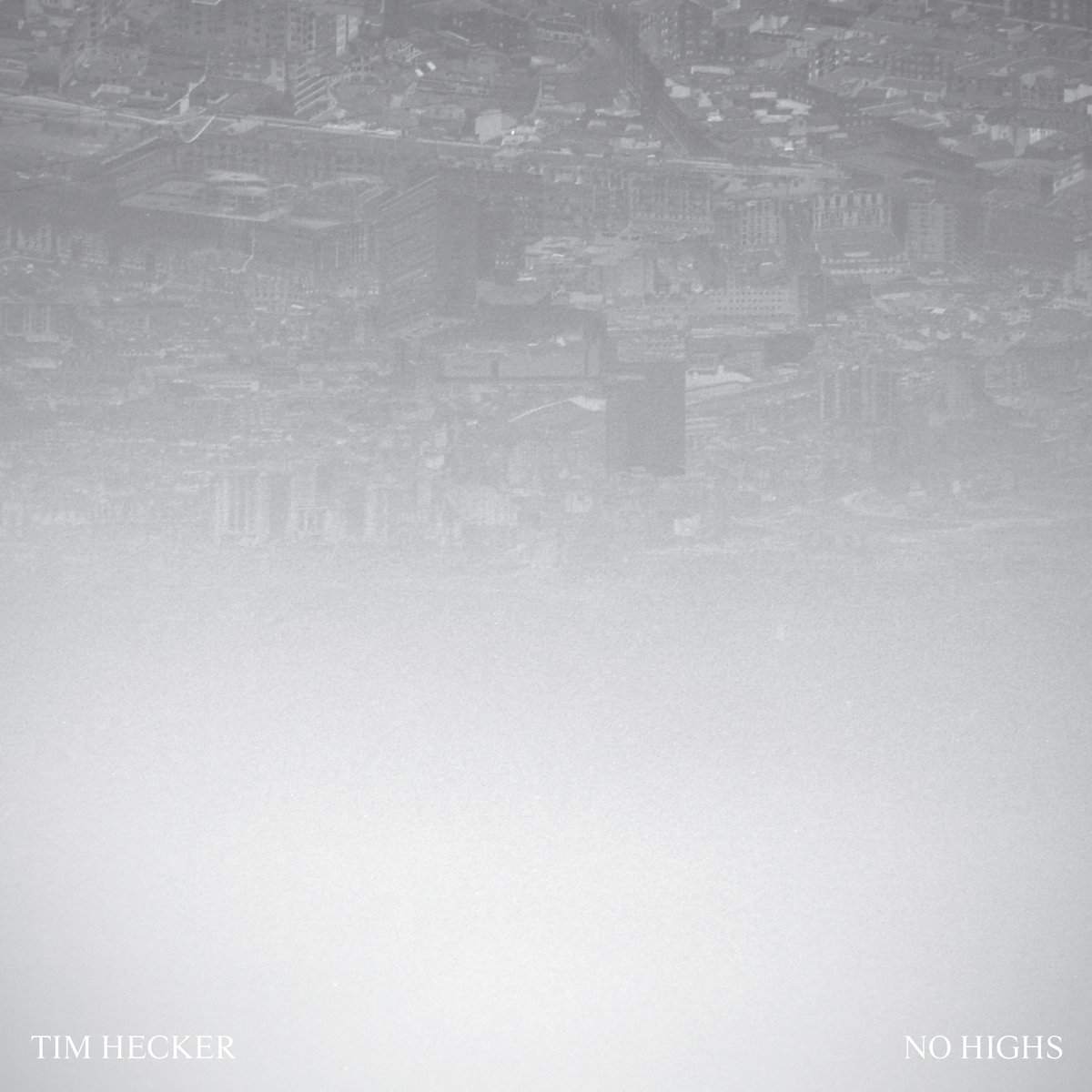 This latest opus from Tim Hecker is amusingly billed as "a beacon of unease against the deluge of false positive corporate ambient." Given the weighty themes of his previous albums, Hecker's actual inspiration presumably runs much deeper than that, yet the "beacon of unease" part of that claim may be more literal than it sounds, as one of the album's central features is described as "Morse code pulse programming." While I am not well-versed enough in Morse code to determine if Hecker's oddly timed rhythms are covertly incorporating text or a narrative into these warped and nightmarish soundscapes, the gnarled and harrowing melodies that accompany those erratic pulses are more than enough to make the album thoroughly compelling listening regardless. Aside from that, No Highs marks yet another significant creative breakthrough for a formidable artist hellbent on continual reinvention and bold evolution. While it is hard to predict whether or not No Highs will someday be considered one of Hecker's defining masterpieces or merely an admirable and unique detour, its handful of set pieces feel quite brilliant to me and I do not expect my feelings to change on that point..
This latest opus from Tim Hecker is amusingly billed as "a beacon of unease against the deluge of false positive corporate ambient." Given the weighty themes of his previous albums, Hecker's actual inspiration presumably runs much deeper than that, yet the "beacon of unease" part of that claim may be more literal than it sounds, as one of the album's central features is described as "Morse code pulse programming." While I am not well-versed enough in Morse code to determine if Hecker's oddly timed rhythms are covertly incorporating text or a narrative into these warped and nightmarish soundscapes, the gnarled and harrowing melodies that accompany those erratic pulses are more than enough to make the album thoroughly compelling listening regardless. Aside from that, No Highs marks yet another significant creative breakthrough for a formidable artist hellbent on continual reinvention and bold evolution. While it is hard to predict whether or not No Highs will someday be considered one of Hecker's defining masterpieces or merely an admirable and unique detour, its handful of set pieces feel quite brilliant to me and I do not expect my feelings to change on that point.. This is the debut collaboration between two Berlin-based Peruvian musicians and also marks my first exposure to percussionist Laura Robles. I am, however, reasonably familiar with the alien soundscapes of Ale Hop (Alejandra Cárdenas) and this union seems to have inspired some of her finest work to date. Notably, Robles is "reputed to be one of the best cajón players in Peru," which is useful context given how radically (yet lovingly) the pair deconstruct and reinvigorate the instrument ("a symbol of resistance, experimentation and transformation" in Peru). In more practical terms, that means that Cárdenas and Robles dramatically disrupt, distort, and repurpose traditional dance rhythms into a wild psychotropic mindfuck. In fact, it sometimes sounds like Robles recorded her parts alone as a freeform performance at an Ayahuasca ceremony or something, but the seemingly roving and divergent threads always come together in impressive fashion in the end. Amusingly, I would have thought that the enigmatically and erratically shifting rhythms of Agua dolce would be damn near impossible to dance to, yet these pieces apparently made quite a splash when the duo coupled with dancer/choreographer Liza Alpiźar Aguilar for the Heroines Of Sound festival. Whether or not that means that I would be a terrible choreographer is hard to say, however, as the finished album may have ultimately landed in far more lysergic territory due to Cárdenas' additional edits and production wizardry.
This is the debut collaboration between two Berlin-based Peruvian musicians and also marks my first exposure to percussionist Laura Robles. I am, however, reasonably familiar with the alien soundscapes of Ale Hop (Alejandra Cárdenas) and this union seems to have inspired some of her finest work to date. Notably, Robles is "reputed to be one of the best cajón players in Peru," which is useful context given how radically (yet lovingly) the pair deconstruct and reinvigorate the instrument ("a symbol of resistance, experimentation and transformation" in Peru). In more practical terms, that means that Cárdenas and Robles dramatically disrupt, distort, and repurpose traditional dance rhythms into a wild psychotropic mindfuck. In fact, it sometimes sounds like Robles recorded her parts alone as a freeform performance at an Ayahuasca ceremony or something, but the seemingly roving and divergent threads always come together in impressive fashion in the end. Amusingly, I would have thought that the enigmatically and erratically shifting rhythms of Agua dolce would be damn near impossible to dance to, yet these pieces apparently made quite a splash when the duo coupled with dancer/choreographer Liza Alpiźar Aguilar for the Heroines Of Sound festival. Whether or not that means that I would be a terrible choreographer is hard to say, however, as the finished album may have ultimately landed in far more lysergic territory due to Cárdenas' additional edits and production wizardry. This is my first exposure to this UK-based collective centered around Gavin Miller (worriedaboutsatan) and Sophie Green (formerly of Her Name is Calla), but they have been fitfully releasing albums for more than a decade now. Their last major release, Scavengers, was back in 2016 on Time-Released Sound, so Eyes Like Pools both ends a lengthy hiatus and marks the collective’s first appearance on Athens’ sound in silence label. Much like Miller’s worriedaboutsatan project, this latest statement from Marta Mist occupies a vaguely cinematic stylistic niche where ambient and post-rock blur together, but Eyes Like Pools parts ways from worriedaboutsatan by swapping out electronic beats for Green’s achingly lovely violin melodies. While the more ambient side of Marta Mist’s current vision is appropriately warm and immersive, those pieces tend to be quite brief and the more substantial string-driven pieces are the true heart of the album (and it is a fiery heart indeed).
This is my first exposure to this UK-based collective centered around Gavin Miller (worriedaboutsatan) and Sophie Green (formerly of Her Name is Calla), but they have been fitfully releasing albums for more than a decade now. Their last major release, Scavengers, was back in 2016 on Time-Released Sound, so Eyes Like Pools both ends a lengthy hiatus and marks the collective’s first appearance on Athens’ sound in silence label. Much like Miller’s worriedaboutsatan project, this latest statement from Marta Mist occupies a vaguely cinematic stylistic niche where ambient and post-rock blur together, but Eyes Like Pools parts ways from worriedaboutsatan by swapping out electronic beats for Green’s achingly lovely violin melodies. While the more ambient side of Marta Mist’s current vision is appropriately warm and immersive, those pieces tend to be quite brief and the more substantial string-driven pieces are the true heart of the album (and it is a fiery heart indeed). William Basinski recorded this music during his time living in San Francisco, when he presumably visited Clocktower Beach. Considering that Basinski once created On Time Out Of Time—music in tribute to quantum entanglement and the theories of Einstein and Rosen, and Einstein, Rosen, and Podolsky, using source recordings of the 1.3 billion year old sounds of two distant massive black holes—undoubtedly the subject matter of The Clocktower at the Beach is one of his more straightforward creations. Fair enough, it is one of his earliest drone pieces, yet his methodology is as intriguing as anything he's done, and (most important of all) the music is a memorable journey into the sadness of things. Back to "mono no aware," then.
William Basinski recorded this music during his time living in San Francisco, when he presumably visited Clocktower Beach. Considering that Basinski once created On Time Out Of Time—music in tribute to quantum entanglement and the theories of Einstein and Rosen, and Einstein, Rosen, and Podolsky, using source recordings of the 1.3 billion year old sounds of two distant massive black holes—undoubtedly the subject matter of The Clocktower at the Beach is one of his more straightforward creations. Fair enough, it is one of his earliest drone pieces, yet his methodology is as intriguing as anything he's done, and (most important of all) the music is a memorable journey into the sadness of things. Back to "mono no aware," then.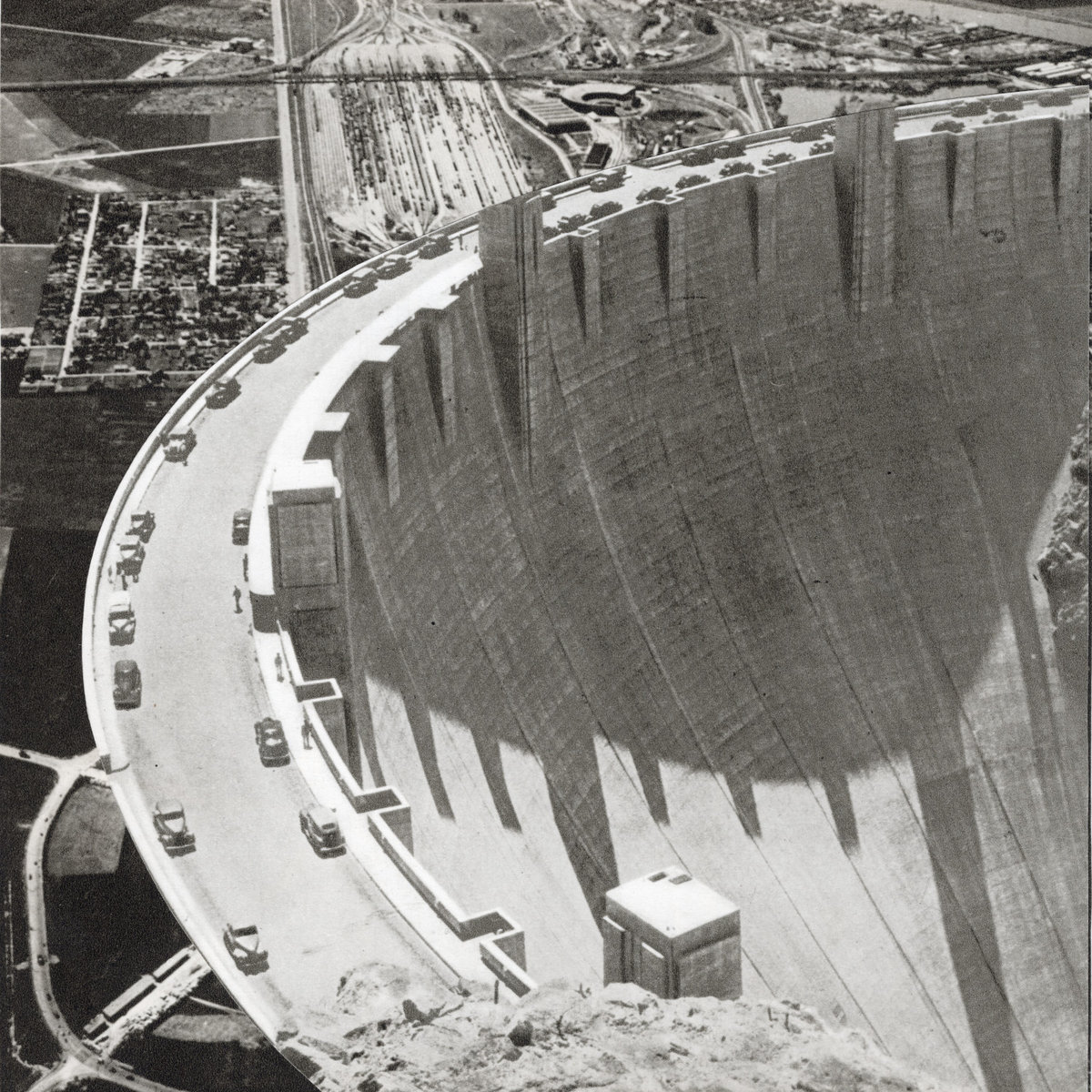 This is apparently the twelfth solo album from Berlin-based double bassist Mike Majknowski, but—far more significantly—it is also the follow up to 2021's killer Four Pieces and is very much in the same vein. That vein lies somewhere between loscil-style dubwise soundscapes and the austere sophistication of classic Tortoise or early Oren Ambarchi, which is certainly a fine place to set up shop, but that is merely the backdrop for some truly fascinating forays into sustained, simmering tension and exquisitely slow-burning heaviness. Unsurprisingly, I am like a moth to a flame when it comes to longform smoldering minimalism and I can think of few artists who can match Majknowski's execution, as he consistently weaves magic from little more than a few moving parts and a healthy appreciation for coiled, seething intensity.
This is apparently the twelfth solo album from Berlin-based double bassist Mike Majknowski, but—far more significantly—it is also the follow up to 2021's killer Four Pieces and is very much in the same vein. That vein lies somewhere between loscil-style dubwise soundscapes and the austere sophistication of classic Tortoise or early Oren Ambarchi, which is certainly a fine place to set up shop, but that is merely the backdrop for some truly fascinating forays into sustained, simmering tension and exquisitely slow-burning heaviness. Unsurprisingly, I am like a moth to a flame when it comes to longform smoldering minimalism and I can think of few artists who can match Majknowski's execution, as he consistently weaves magic from little more than a few moving parts and a healthy appreciation for coiled, seething intensity.
